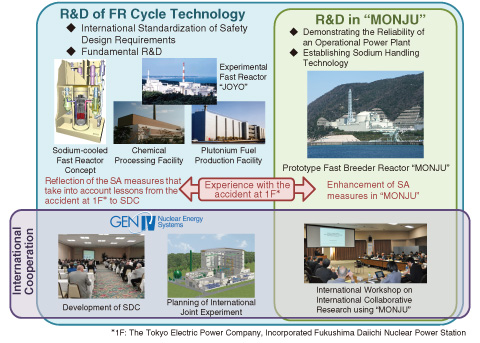
Fig.2-1 Overview of research and development of fast reactor cycle technology
Until FY 2011, research and development activities were conducted toward the commercialization of fast reactor cycle technology with the cooperation of the electric utilities; the main target was the concept of a combination of a sodium-cooled fast reactor, advanced aqueous reprocessing, and simplified pelletizing fuel fabrication. Currently, national policies are being reconsidered because of the impact of the accident at the Tokyo Electric Power Company, Incorporated Fukushima Daiichi Nuclear Power Station (1F). In accordance with the situation, we have implemented activities focused on the efforts required for conservation of the technical basis and international standardization of safety design requirements for the near term utilizing international cooperation, while reflecting the experience gained in the accident at 1F (Fig.2-1). In May 2013, the Safety Design Criteria (SDC) that we proposed were approved at the Generation-IV International Forum (GIF). This chapter describes the resulting enhancement of the safety and reliability considering the features of a sodium-cooled fast reactor and basic research on fuel cycle technology.
The Japan Sodium-cooled Fast Reactor (JSFR) is designed to have high resistance against earthquakes and tsunamis by adopting a seismic isolation system for the reactor building and a natural convection capability for cooling after an abnormal shutdown (Topic 2-1).
Regarding an ultrasonic flowmeter for the cooling system, a measure that enables precise measuring results to be obtained even for flows exhibiting great spatial and temporal variation was identified. The result shows that the ultrasonic flowmeter has the potential for adoption in the plant system (Topic 2-2).
To develop an under-sodium viewer aimed at visual and volumetric inspection of the internal structures in a reactor vessel, data were obtained to justify the present improvement measure with regard to wetting of the ultrasonic sensor surface by liquid sodium, which affects the sensor performance (Topic 2-3).
The strength properties of 316FR and Modified 9Cr-1Mo steel, which are adopted as structural materials for JSFR, were formulated on the basis of an evaluation of the material test data. This makes the structural design more reliable (Topic 2-4).
Regarding sodium/water reaction, which is an important issue for ensuring the safety and protection of the steam generator, experiments were conducted as a joint study with the Commissariat à l’Énergie Atomique et aux Énergies Alternatives (CEA), France. A reaction jet that was produced during heat transfer tube failure and the effect on the resistance characteristics of a heat transfer tube were evaluated (Topic 2-5).
With respect to basic research on the fuel cycle, the oxygen-to-metal ratio, which significantly affects various physical properties of uranium-plutonium mixed oxide fuel, such as the thermal conductivity, could be controlled at will. These technologies became applicable to fuel fabrication and irradiation behavior evaluation (Topic 2-6).